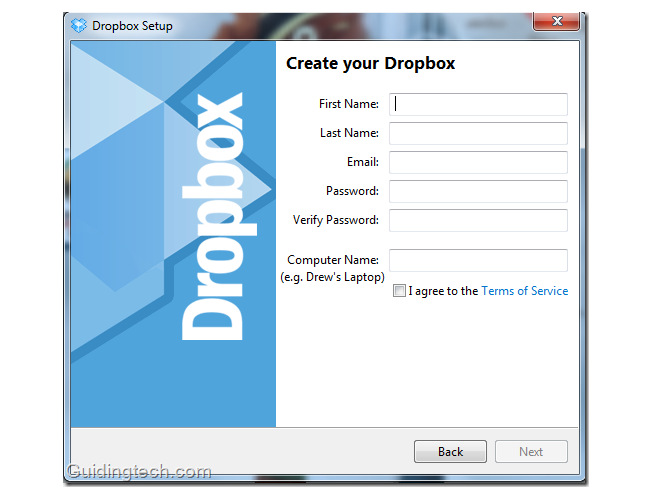
This post will show Dropbox users how to get the most value from our products so you can keep work moving and stay connected while working remotely. We want to help make this transition as seamless as possible.


Dropbox, which may be a bit worried at the recent involvement of the bigger players, has the widest range of support, encompassing the web, Android, Blackberry, Mac, iOS, and Windows platforms in their cloud storage solution.While working remotely has become more common in recent years, people and teams are now adjusting to the realities of a distributed workforce at a whole new scale. Google Drive has yet to support Blackberry and Linux, Box has left Linux off the list and both do not support Windows Phone. Skydrive however leaves Android, Blackberry and Linux by the wayside. The only service that does support Windows Phone is, unsurprisingly, Microsoft Skydrive. Skydrive’s 7Gb of free cloud storage, on the surface, seems to be the best of the lot but Microsoft have made users sacrifice 25GB of non-synced space to get it.Īpple’s iCloud is a mostly Mac-centric service, lacking support on the Android, Blackberry, Linux and Windows Phone platforms and only limited Windows support. The most obvious of these figures is free storage, which has Dropbox coming in with the lowest amount of space (2GB), Skydrive offering the largest (7GB) and the remainder of the contenders (iCloud, Box and Google Drive) all offering a solid 5GB of storage for no money down. But how do the various offerings stack up against each other?īlogger Tim Anderson has compiled information showing the differences between the major cloud storage competitors: Google Drive, Microsoft Skydrive, Apple’s iCloud service, Dropbox and Box.

The recent launch of Google Drive and changes to Microsoft’s Skydrive have put Dropbox onto the back foot for now. Competition in the online storage sphere is hotting up.


 0 kommentar(er)
0 kommentar(er)
